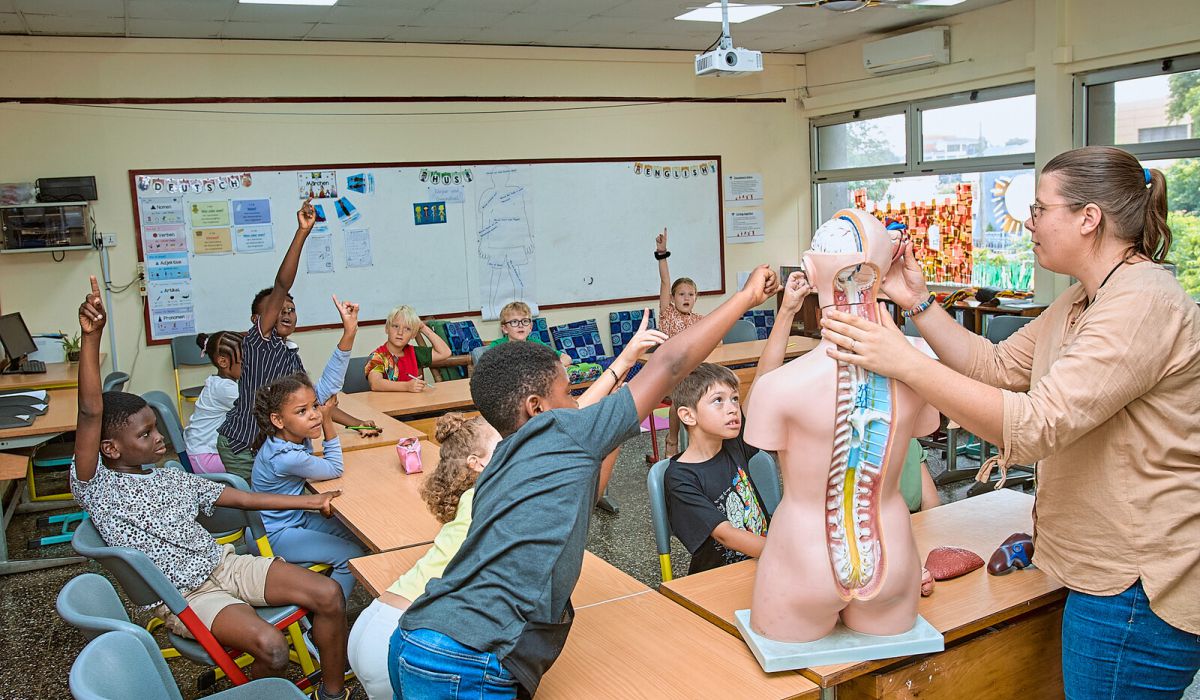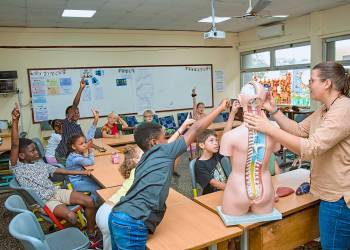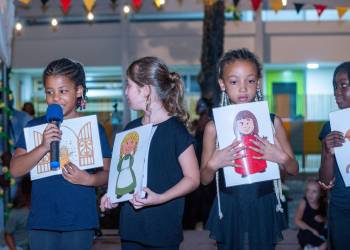Mixed Year Groups

Mixed Year Groups - Overview
Due to the diverse student body and small class sizes, the concept of mixed-year learning is particularly suitable for DISA.
Inter-year learning strengthens social skills by allowing children to help each other. For example, learning mentorships are formed between first and second graders and between third and fourth graders.
Diversity is utilized as an opportunity at our school, so we do not see the existing differences in the children's learning development as deficits, but rather view each child as an individual with their own strengths and weaknesses.
In addition, the children grow into an existing class community in mixed-grade lessons and can orientate themselves on older pupils. For example, the first-graders adopt existing customs and the rules agreed upon and settle into everyday school life more quickly. By moving from one-year group to the next, the children experience a change of perspective during their time at school, from seeking help to helping others. Inter-year learning groups correspond to the natural social environment, e.g. in the family, kindergarten and all other areas of life.
In our mixed-grade learning groups, there are always phases of individual work in addition to phases of collective studies. We also teach the children on a year-specific basis in order to deal with topics that only correspond to one-year group.
The following innovative forms of learning, teaching and working already exist in various aspects of our everyday school life and support collaborative learning:
- Exploratory and cooperative learning
- Project-orientated work
- Talent time (optional, extracurricular projects)
- Working with modern media (tablets, computer workstation in every classroom, computer room, learning software)
- Open forms of teaching
- Method training
- Individual support in small groups
- Improvement of the first foreign language
- Monday ritual








